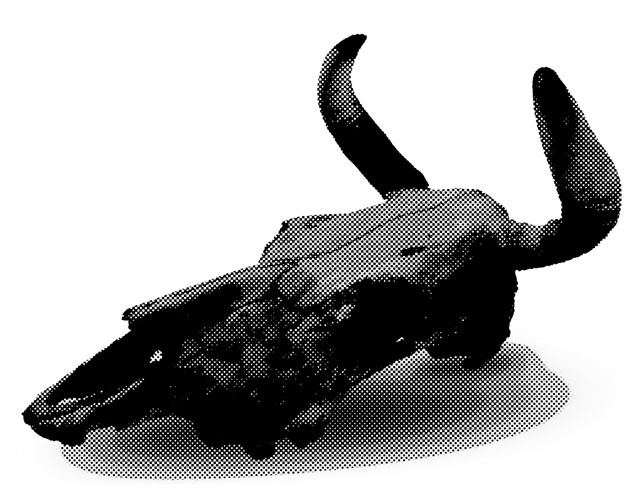Natural weather cycles delivered the worst one-year drought in the historic record to Texas in 2011. Scientists examining tree rings had to go back as far as 1789 to find a worse one. It was global climate change, however, that supplied the added heat that further reduced precipitation and exacerbated an already ugly dryness into levels of record-breaking heat. When Texas state Rep. Doug Miller suggested that State Climatologist John Nielsen-Gammon had said climate change was not involved, the typically cautious, Bush-appointee offered the Current his correction: "Global warming contributed to the high temperatures, especially with this drought. So it enhanced evaporation and decreased water supply and therefore made the drought more intense then it would otherwise have been." Apart from the body-blow the dry stretch gave growers and ranchers (statewide herds were reduced by an estimated 600,000), the drought wiped out as many as 500,000 trees — possibly as much as 10 percent of the forestland — according to preliminary estimates from the Texas Forest Service.
Not only will drought continue through 2012, according to Nielsen-Gammon, but the current period of "enhanced drought susceptibility" could run into the 2020s. While Gammon's October report to the Lege fails to raise any climate-change alarms beyond suggesting that "an increase of several degrees Fahrenheit by mid-century in Texas is well within the realm of possibility" others have forecast as much — and worse — for some time. Back in early 2009, the U.S. Climate Change Science Program surveyed the range of international scientific literature to determine that the Western and Central United States is returning to an era of "megadrought" conditions capable of lasting for hundreds of years. And a paper published in the Texas Water Journal this December showing that state planners' need to adjust their assumptions about drought to better protect state residents. "Our reconstructions show … that a number of extended droughts of the past were longer and/or more intense than the 1950s drought," researchers from UT, the Guadalupe-Blanco River Authority, and the University of Arkansas write in "Extended chronology of drought in South Central, Southeastern and West Texas." Extended droughts have been "a consistent feature" of the region's climate since at least 800 AD, including "at least" four megadroughts that lasted between 15 and 30 years. "Current use by water planners of the 1950s drought as a worst-case scenario, therefore, is questionable," they write.
A column in the current Scientific American suggests that Australia's Millennium Drought — marked by dust- and fire-storms and a multi-year agricultural collapse that drove tens of thousands of growers out of the business — is a "wake-up call" for policymakers in the U.S. Southwest. "As the climate continues to change, smart water planning may help ease the impacts of unexpected and severe shocks that now appear inevitable," write the researchers from Oakland-based Pacific Institute. Expect 2012 to be a period of continued adjustment.



















